
Ireland Extends Pillar 2 Registration Deadline
On December 18, 2025, the Irish Revenue issued Revenue eBrief No. 244/25 which provides for an extension in the Pillar 2 registration deadline to February 28, 2026 (from December 31, 2025).
An alternative to making a tax transparency election would be for the constituent entity owner of an investment entity to make a distribution method election under Article 7.6.1 of the OECD Model Rules.
This is available where the constituent entity owner can be reasonably expected to be subject to tax on distributions at a rate of 15% or above.
As with the tax transparency election, the purpose of this is to reflect domestic tax treatment that preserves tax neutrality for investment entities and investment funds.
Rather than the investor being taxed directly on the fund income (as under a tax transparency regime) the investor is taxed on a deductible dividend paid by the investment fund or investment entity.
Generally, dividends and distributions from other constituent entities benefit from a form of participation exemption under the GloBE rules and are not included in GloBE income (for more information see our analysis of excluded equity gains or losses at Pillar Two GloBE Specific Adjustments).
The distribution method is a departure from this.
Without a taxable distribution method election for GloBE purposes there would be years where the investment entity had GloBE income, but no covered taxes (if it did not make distributions) which would result in top-up tax, and other years where there may be a very high GloBE ETR.
The general application of the election is that firstly the investment entity excludes its GloBE income and covered taxes from any other GloBE ETR calculation.
Then the constituent entity owner is taxed on distributions from the investment entity as well as on its share of undistributed income which is tracked over a 4-year period. The aim is to reduce any top-up tax liability where the investment entity makes distributions of income over the 4 year period.
The effect of making this election is that the constituent entity owners include:
• actual and deemed distributions in their GloBE income calculation in the year it is subject to tax on the distribution;
• their share of the investment entity’s undistributed net GloBE income in their GloBE income. This amount is multiplied by the 15% global minimum rate and treated as additional top-up tax (for more information, see Additional Top-Up Tax);
• covered taxes paid by the investment entity on distributions that qualify for a tax credit for the constituent entity owner are treated as additional GloBE income for the constituent entity as well as additional covered taxes of the owner.
If a taxable distribution method election is made, the MNE group is required to keep track of the amount of undistributed income each year by way of an Undistributed Net GloBE Income Account.
Under Article 7.6.4 of the OECD Model Rules, the account begins with the third fiscal year before the current year:
• The GloBE income of that year is calculated for the investment entity (ie ignoring any other ownership interests).
• This is then reduced by any covered taxes paid by the investment entity.
The Undistributed Net GloBE Income Account is an attempt to recalculate what the undistributed GloBE income would be. Generally, taxes paid would reduce distributable reserves but in the GloBE income calculation, taxes are added back.
• There is then a further reduction for distributions to any shareholders (aside from other investment entities) and deemed distributions (which applies when there is a transfer of the direct or indirect ownership interest in the investment entity to a non-group member).
Distributions to investment entities are tracked through the ownership chain and reduce undistributed income when they are distributed to a non-investment entity.
• Losses are also deducted from undistributed income for the same reason covered taxes are deducted. If they exceed the undistributed income, the undistributed income is reduced to zero and the excess loss is carried forward for offset.
• Distributions during the current year and previous three years also reduce the undistributed income providing they haven’t reduced the undistributed income of a previous year.
Importantly, the undistributed net GloBE income of an investment entity is based on the rolling four-year period. This means that the calculation for the current year is reduced by distributions for the current year and the previous three years.
In the case of a new holding of an interest in an investment entity, the GloBE income of the first three years is deemed to be zero.
Rather than the investor being taxed directly on the fund income (as under a tax transparency regime) the investor is taxed on a deductible dividend paid by the investment fund or investment entity.
If a taxable distribution method election is made, the MNE group is required to keep track of the amount of undistributed income each year by way of an Undistributed Net GloBE Income Account.
Under Article 7.6.4 of the OECD Model Rules, the account begins with the third fiscal year before the current year:
• The GloBE income of that year is calculated for the investment entity (ie ignoring any other ownership interests).
• This is then reduced by any covered taxes paid by the investment entity.
The Undistributed Net GloBE Income Account is an attempt to recalculate what the undistributed GloBE income would be.

On December 18, 2025, the Irish Revenue issued Revenue eBrief No. 244/25 which provides for an extension in the Pillar 2 registration deadline to February 28, 2026 (from December 31, 2025).
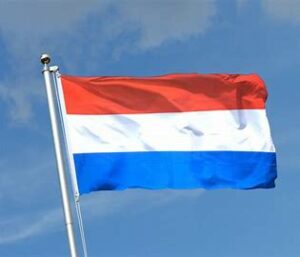
On December 19, 2025, the Luxembourg Official Gazette published:
– a law to amend its Minimum Tax Law to provide for the January 2025 OECD Administrative Guidance and the EU DAC 9 GIR filing requirements: and
– a Grand Ducal Regulation which includes the format of the GIR

On December 19, 2025, SARS issued further guidance on the Pillar 2 registration process.

Order No. 158/2025 XXV issued on December 12, 2025 provides that for constituent entities whose fiscal year ended between December 31, 2024 and March 31, 2025 the filing deadline for Form 62 (the Pillar 2 Registration Form) is the last day of the 15th month following the end of that fiscal year.
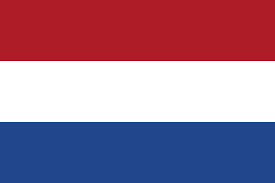
On December 16, 2025, The Netherlands Parliament approved the Second Amendment to the Minimum Tax Act to implement the December 2023, June 2024 and January 2025 OECD Administrative Guidance.
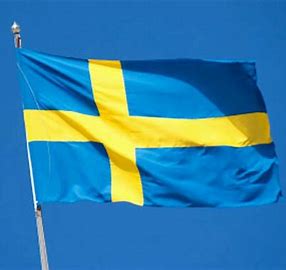
On December 10, 2025, Law No. SFS 2025:1461 to amend the Global Minimum Tax Act was published in the Swedish Official Gazette. The purpose of the law is to implement the provisions of the June 2024 OECD Administrative Guidance into domestic law.
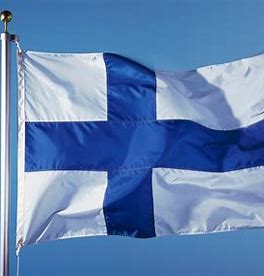
On November 25, 2025, the Finnish Tax Administration published guidance on the allocation of profits/losses and taxes between group entities to take account of the June 2024 OECD Administrative Guidance.
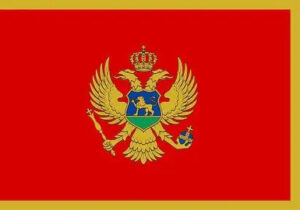
On November 26, 2025, Montenegro issued a Draft Law to apply a domestic minimum top-up tax (DMTT) from January 1, 2026.
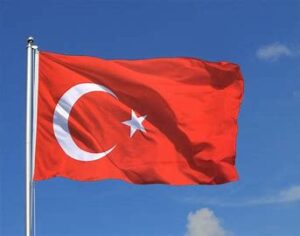
On December 1, 2025, Turkey announced an extension in the filing and payment date for the QDMTT return and the opening of a test environment for the submission of the QDMTT return.
| Cookie | Duration | Description |
|---|---|---|
| cookielawinfo-checkbox-analytics | 11 months | This cookie is set by GDPR Cookie Consent plugin. The cookie is used to store the user consent for the cookies in the category "Analytics". |
| cookielawinfo-checkbox-functional | 11 months | The cookie is set by GDPR cookie consent to record the user consent for the cookies in the category "Functional". |
| cookielawinfo-checkbox-necessary | 11 months | This cookie is set by GDPR Cookie Consent plugin. The cookies is used to store the user consent for the cookies in the category "Necessary". |
| cookielawinfo-checkbox-others | 11 months | This cookie is set by GDPR Cookie Consent plugin. The cookie is used to store the user consent for the cookies in the category "Other. |
| cookielawinfo-checkbox-performance | 11 months | This cookie is set by GDPR Cookie Consent plugin. The cookie is used to store the user consent for the cookies in the category "Performance". |
| viewed_cookie_policy | 11 months | The cookie is set by the GDPR Cookie Consent plugin and is used to store whether or not user has consented to the use of cookies. It does not store any personal data. |